
Reflections on Theory and Practice
In Pursuit of Understanding and Practices That Drive the Greatest Impact in Education
Spacing
The big idea here is that spacing allows us time to start to forget information. This forgetting and then retrieving again causes the brain to strengthen and broaden the connection.
What is Spacing?
Spacing is the idea that after the initial learning period we space out times where we come back to what we learned.
Making efforts to come back to important ideas that you have taught or learned is crucial to long term retention of informaiton and transfering that knowledge.

Spacing and Retrieval Practice
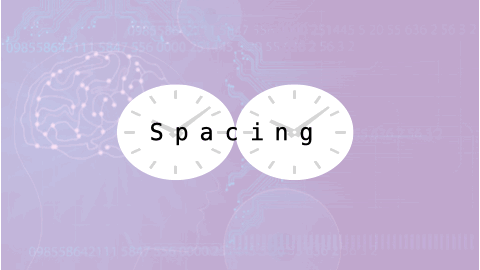
Spacing works very well when combined with a low stakes or no stakes retrieval practice activites.
Why is Spacing so Important?
There are several effects of spacing that make it an important tool to use for education.
Retrieval Strength and Storage Strength
Spacing helps to increase both the retrieval and storage strength of a memory. It signals to your brain to strengthen the pathways connecting this information, as well as broadening those connections.
Retrieval strength pertains to how easily and readily a memory can be recalled from long-term memory, especially in specific contexts like during a test. Memories with higher retrieval strength are more likely to be remembered under specific circumstances. Factors influencing retrieval strength include recent exposure to the information, contextual cues, and the number of associations or connections the memory has with other related information. You can think of retrieval strength as how readily accessible a piece of information is to you.
On the other hand, storage strength refers to how deeply a memory is encoded, determining the likelihood of being able to recall it over time. Memories with higher storage strength are better retained in the long term. Factors contributing to storage strength include the depth of processing during encoding, the emotional significance of the memory, and the amount of rehearsal or repetition involved.

Desirable Difficulties
Spacing helps create Desirable Difficluties.
-
Difficulties that are not too hard, so students get frustrated or give up.
-
Difficulties that are not too easy so students aren't primed for learning.
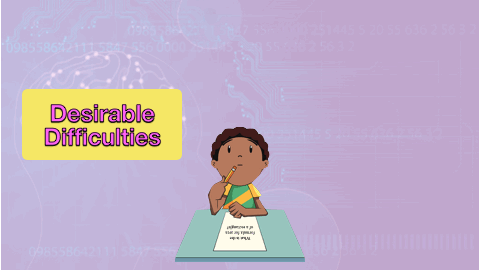
Abstraction
Another reason is spacing allows time for you to forget. Now this might sound strange, but forgetting is an important part of learning. Ideas slowly fade away and this fading away is what is important.
As a memory fades we lose fine details about it. This forgetting of fine details allows for you to think about a concept in more general terms.

As you retrieve it again at a later time you bring up a more general idea and apply it to the new context you are using it in. This is called abstraction.
The term abstraction means generalization, or is somethign that is less "concrete" or detailed.
Making efforts to come back to important ideas that you have taught or learned is crucial to long term retention of informaiton and transfering that knowledge.

Consolidation
Spacing also supports memory Consolidation.
Consolidation is the process by which the brain changes physically and chemically to encode long term memories. This happens when:
-
You sleep
-
You exercise
-
Anytime you relax or change your focus.
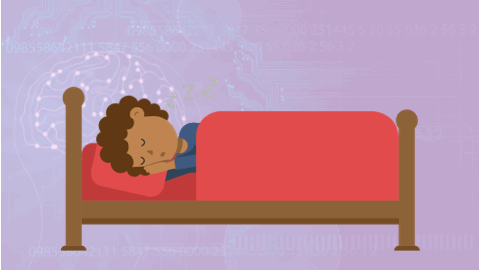
Spaced vs. Massed Practice
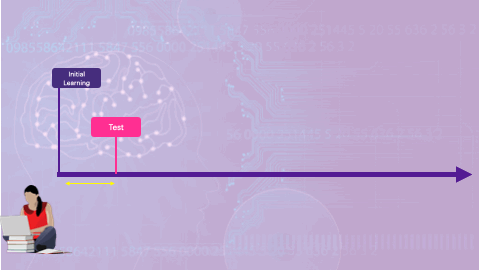
Massed Practice
-
Students study hard and fast.
-
Remember for a short time
-
Forget quickly
-
Can lead to the Illusion of Knowledge
-
Can make student overconfident and unprepared in the future.
-
Can lead to confusion and self doubt.
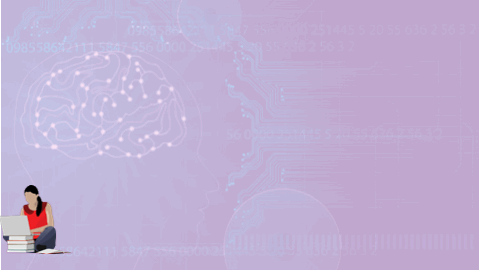
Spaced Practice
-
Students recall information over time.
-
Practice times are generally shorter and quicker.
-
Helps shatter the Illusion of Knowledge.
-
Desireable difficulties are part of a healthy growth mindset.
-
Helps students create realistic understandings of what they know and don't.
-
Usually helps students gain deeper more complex understandings of knowledge.
If you want to learn more about Spacing:
-
https://psychology.ucsd.edu/undergraduate-program/undergraduate-resources/academic-writing-resources/effective-studying/spaced-practice.html
-
https://www.oxfordlearning.com/what-is-spaced-practice/